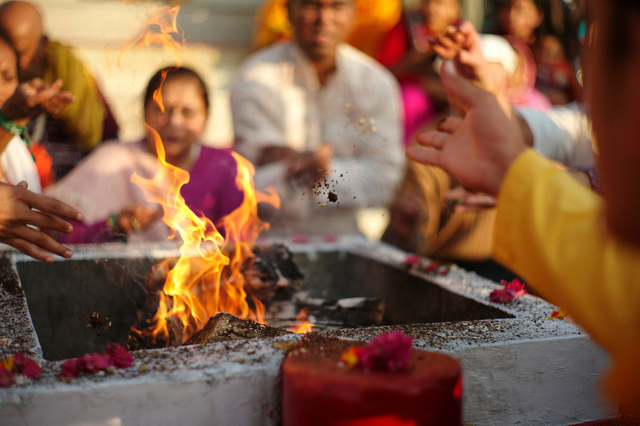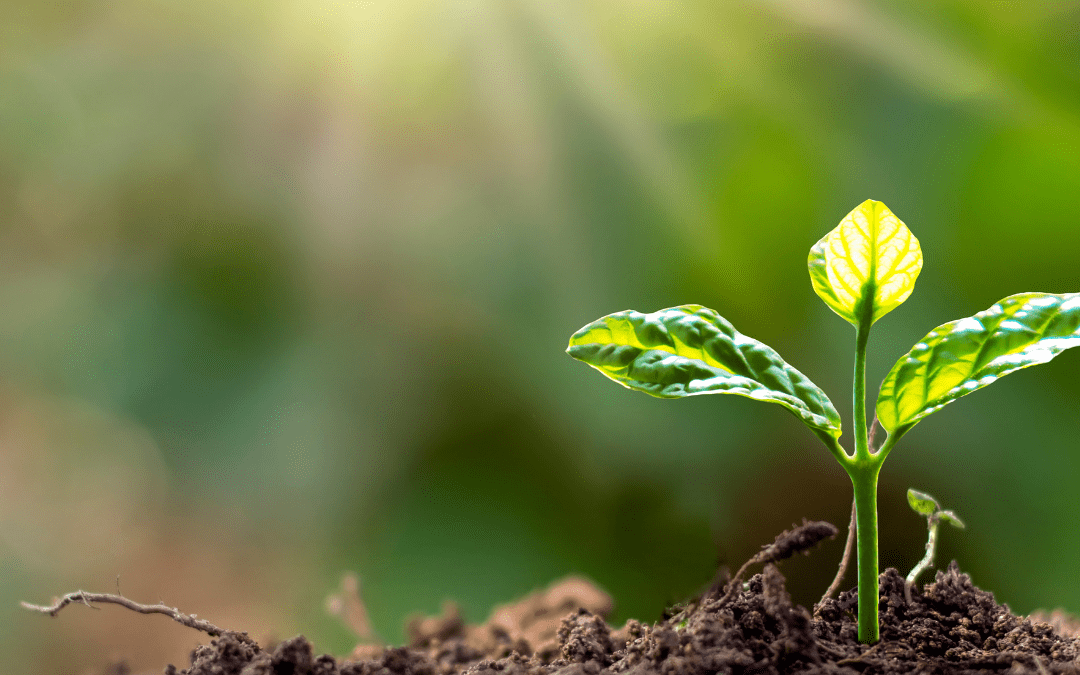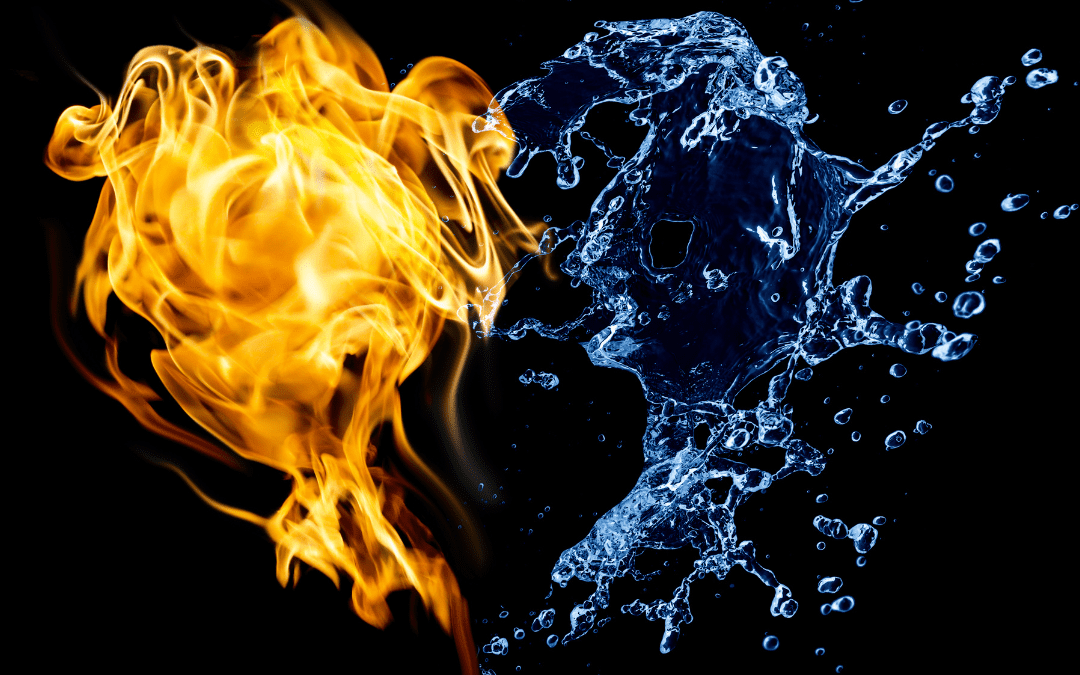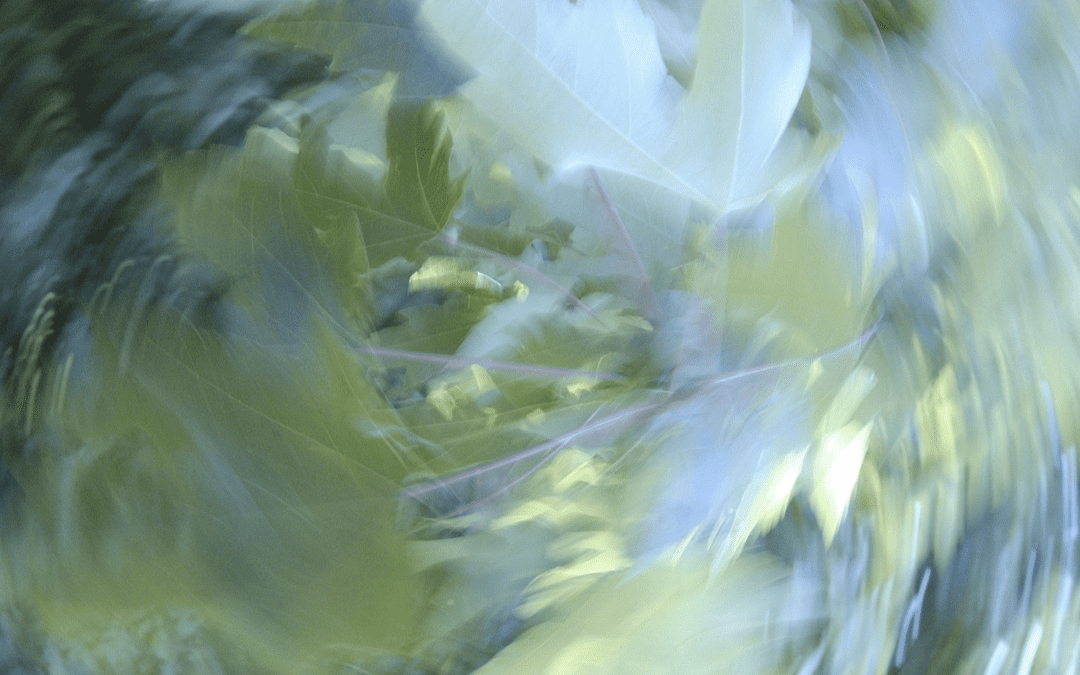In both the yogic and Ayurvedic traditions, Agni, the fire element, plays a central role in maintaining balance and vitality. Agni is the transformative force that governs digestion, metabolism, and energy, operating on all levels of being—physical, energetic, and mental.







